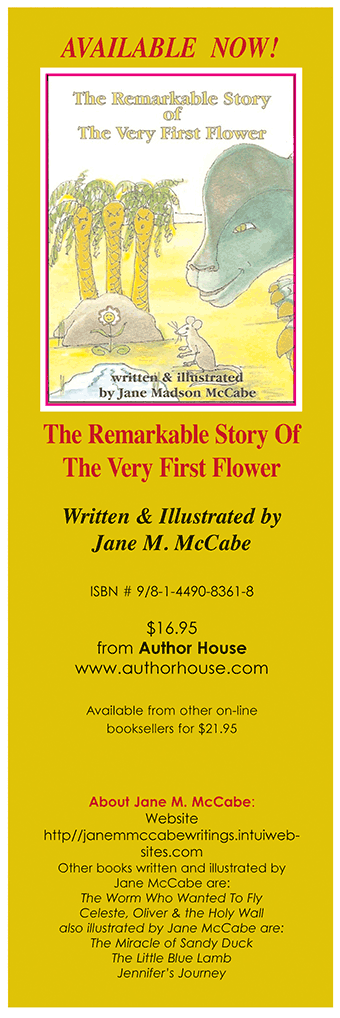REVIEWING
Joy for Beginners
by Erica Bauermeister
GP Putnam’s Sons | 2011 | 269 pages | $24.95
Reviewed by Janet Garber
Twinkies
What a vogue there’s been the last few years in women writing novels about women banding together, mostly outside the purview of their men, to read books, fight Nazis, and accomplish great things. Karen Joy Fowler’s Jane Austen Book Club (2007), a New York Times bestseller and later feature film, comes to mind, as does Mary Ann Shaffer and Annie Barrows” epistolary novels, The Guernsey Literary and Potato Peel Pie Society (2008).
In Joy for Beginners, five women (or six, or seven, depending how you count) come together and bond, first to form a baby-holding circle for Sara who’s coping with newborn twins and a toddler, and later to care for Kate who’s battling breast cancer and undergoing chemo. Each of these different women has a story, naturally, many involving men who have run out on them, and each, it turns out, gets to go on a quest. Whether they run off to Europe, train for a marathon, or get a tattoo, the implication is that their lives have taken a turn for the better. They open themselves up to experience – romance, adventure, nature – and that’s where the joy presumably comes in.
The motto of the group: “Adults need to have fun so children want to grow up.”
Confession: 1) I had the hardest time remembering who was who. What was my problem? I wondered until one line in particular jumped off the page at me: "...Los Angeles, where the seasons came at us sunny + bland, indistinguishable as Twinkies rolling off a conveyor belt..." (p.209)! Bauermeister writes with great sensual detail (the feel of a potter’s wheel or a lump of yeasty dough, the smell of “old paper and warm blueberry muffins,” the lush vista of a backyard garden, the sound of “laughter flying after them like flags,” the taste of cannoli filled with heavy ricotta), and she’s adept at spinning out her story, but I’m sorry to say all her CHARACTERS tangled together, and too much energy on the reader’s part went into trying to separate the skeins.
Maybe if one or two of the characters had been . . .black? poor? nasty? just simply unhelpful?
Confession 2): Here’s where the blandness comes in. Not a fan of murder mysteries, soulless people making deals with the devil, otherworldly creatures creating havoc for humans, nevertheless, this reader was crying out for some ACTION – instead everything goes off according to plan, not one character fails to complete her quest or is disappointed with the results. All start a new day, we are led to believe, a better person. Never was it more apparent that conflict is an integral ingredient of a good story, creating the dramatic tension that’s crucial to involving the reader and giving her a stake in the outcome.
Confession 3): What are we to gather from this story line? The THEME seems to be that no matter what life throws at you (widowhood, unloving mother, disease), all you have to do is find some good female friends to nurture you and look out for your best interests. These friends will never have disagreements with you, give in to petty jealousies, steal your men; they’ll have nothing but the best intentions, always.
Hey, I like that idea, but as Tolstoy realized, no one wants to read about happy families. And let me add: Most of us don’t want to read about perfectly mature and mutually enriching relationships, even though in our private lives, this is exactly what we all may be desperately striving to achieve.
So, reader, know thyself! If light and fluffy stories about women in a circle singing Kumbaya is your pleasure, well then, this book is a good read for you. For me, I prefer something darker – in fiction, not in life!
Pass the cannoli, please. And make that a double expresso.




